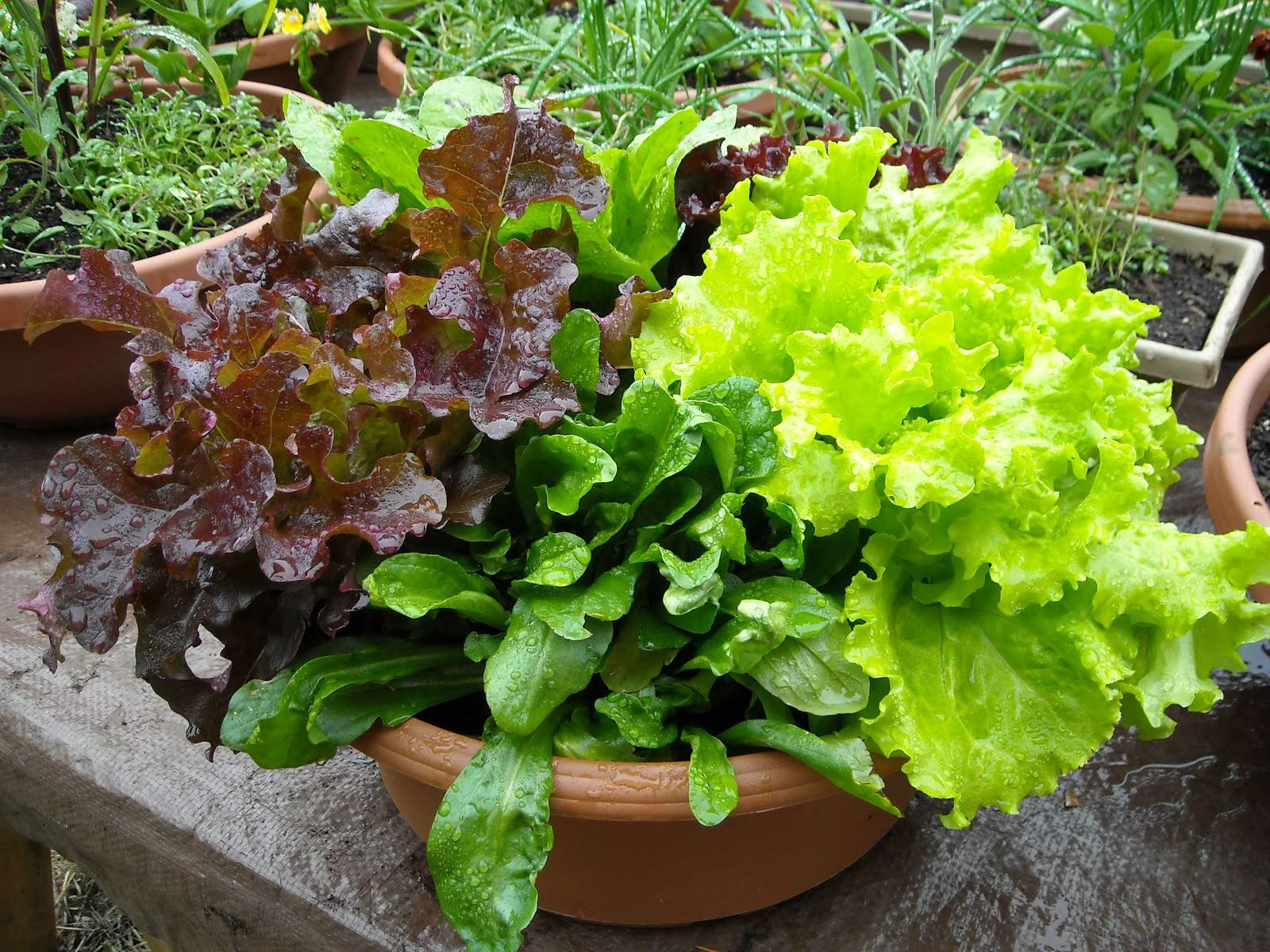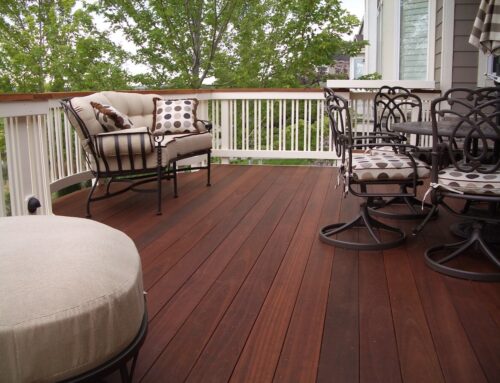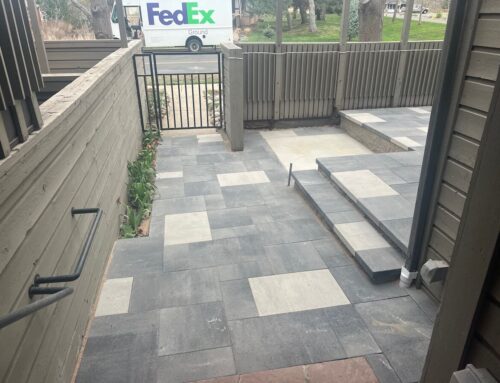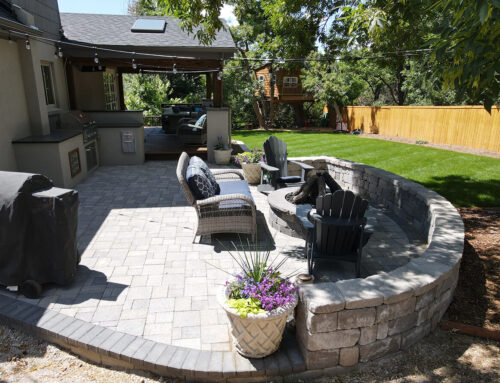 Our March issue offered helpful tips for designing an “on deck” container garden. Now we’re ready to “get growing!”
Our March issue offered helpful tips for designing an “on deck” container garden. Now we’re ready to “get growing!”
If you’re up for the container gardening adventure, the rewards are great – imagine the joys of watching plants you’ve carefully tended grow into maturity. How wonderful is a dinner party with friends and family gathered round enjoying the “fruits” (and vegetables) of your labor from the deck where they were raised? There’s just no better way to impress your guests!
Salad greens such as arugula, mustard, and mesculun, sassy, baby and braising mixes as well as lettuces grow quickly and easily from seed. They do well in cool weather and ideally should be planted now, as rain and snow will aid germination. These greens are especially great for pots because they don’t take up much room, and, even better, they grow back after being cut for multiple harvests.
You can cover plants a bit for insulation and to speed up the process, but it’s not required, as there’s no need to be concerned about frost with seedlings. However, if new growth freezes, that is a concern, and you’ll need to throw a cover or bucket over the plants or bring them inside. A little cover will go a long way. Conditions are ideal for growing lettuce from now through June, and then again between September through November – or until the first frost.
Intense summer heat, on the other hand, can be difficult and these leafy greens will tend to “bolt,” that is, go to seed. When a plant bolts, it thinks it’s dying and redirects its energy away from  leaves and toward producing seed, which creates a more bitter flavor, and in lettuce, an unappealing milky sap. To minimize the impact of heat, move plants to a cooler, shadier area, or plant near something, such as tomatoes, that provides shade. Sunlight is great, just not heat, and make sure you’re keeping the soil moist, but be careful not to overwater.
leaves and toward producing seed, which creates a more bitter flavor, and in lettuce, an unappealing milky sap. To minimize the impact of heat, move plants to a cooler, shadier area, or plant near something, such as tomatoes, that provides shade. Sunlight is great, just not heat, and make sure you’re keeping the soil moist, but be careful not to overwater.
With shallow root systems, lettuces and greens are planted in wide pots at least six inches deep, with good drainage and soil to an inch below the rim. To plant, sprinkle seeds evenly and then cover with a thin layer of additional soil. Instructions for spacing can vary by type and can be found on seed packages.
For best results, continually seed and sow, because the quality of harvested regrowth declines over time. To harvest for regrowth, cut about an inch above the soil and wait for regeneration, which in warm weather can be as little as a week. The second harvest will be a combination of new greens and regrowth. Regrowth won’t look as pretty as new, and the flavor profile will change, growing subtly more bitter. In fact, previously cut pieces are considered “seconds.” You’ll get about three decent rounds after which it may not be worth harvesting.
Continuous staggered planting is the way to maintain a steady supply of fresh lettuce and salad greens. Either divide your planters in half, alternating planting one half and then the other, or keep two sets of pots and stagger that way. If you plant all your pots at once, you’ll end up with waiting periods. You can harvest when plants when they’re a couple inches tall, but four or five inches of growth provides more substance.
Good luck with your container gardening adventure. Keep us posted and stay tuned for our May issue to “get growing” with berries and herbs!






Leave A Comment